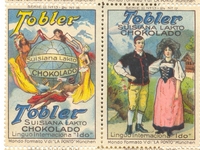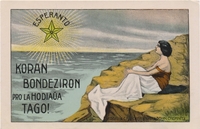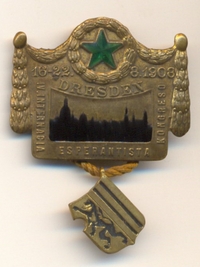Holdings of the Department of Planned Languages and the Esperanto Museum
|
Over eighty years of continuous collecting have built up the world’s biggest technical library on planned languages. There is documentation of some 500 planned languages, of which Esperanto and Interlingua are the most important. Our institute documents also totally unconventional attempts to solve the language problem, such as the revival of classical languages. Modern means of communication give a new chance to small groups. Latin as an international means of communication is enjoying an unexpected popularity in the internet. That is true also of classical Greek, which has never really ceased being a living language. It is the vehicle of a literary tradition of 2,800 years, and so it is the oldest of European languages. As well as those old languages there is no lack of newest ones like Klingon, the universal language from the TV cult series “Star Trek”, or “Romanish” by Stefan Georg. An artificial language that reminds us of Spanish, into which Georg translated some of his poems to achieve aesthetic effects. The joke language Starckdeutsch is there, just as is the seriously intended New Slavic, which had the goal of reducing the language chaos in the Danube Monarchy. Groups of holdingsThe Department has in its possession several important bequests made during the donor’s lifetime or posthumously, for example that of Eugen Wüster, the founder of international terminological work, or that of the Portuguese-Catalan author Manuel de Seabra.The library has, divided into types of documents, more than 35,000 printed volumes, 2,500 magazine collections, 3,000 museum exhibits, 2,000 handwritten and printed manuscripts, 23,000 photographs, 1,100 placards, and 40,000 flyers.
|




